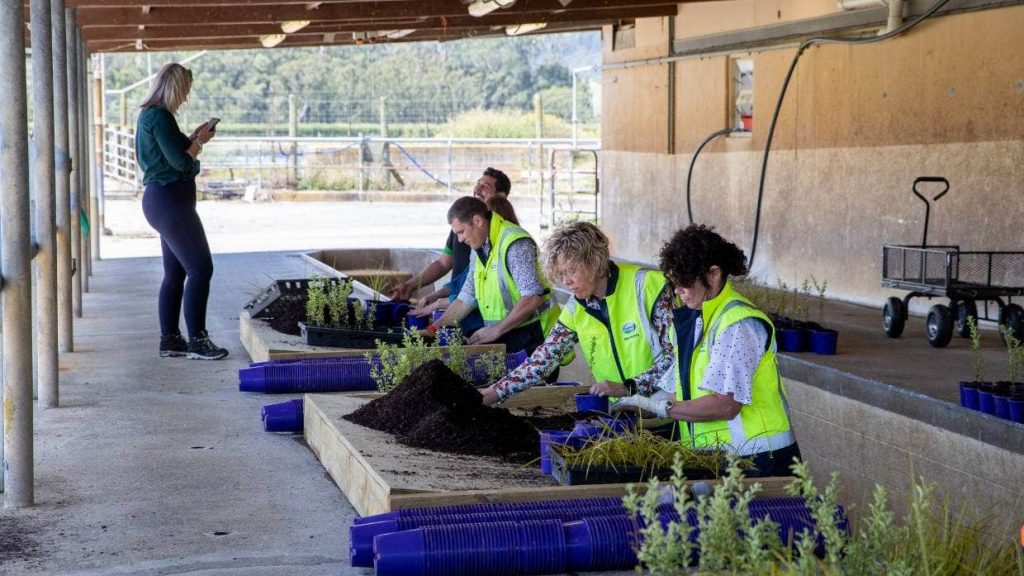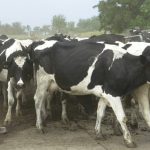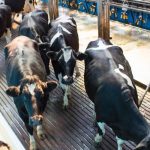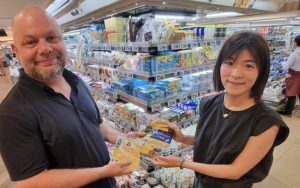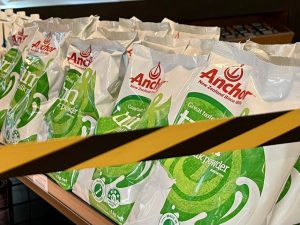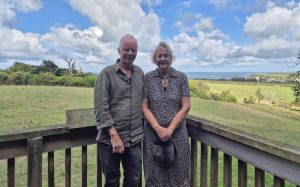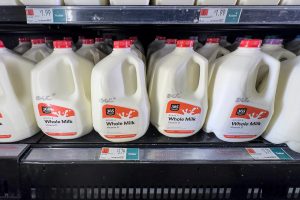
Fonterra has converted its Buxton Farm property in Waikato into a native plant nursery which will be managed and run by Ngāti Hauā Mahi Trust.
The dairy company contracted the trust to grow 20,000 plants that will be used around its sites in the Waikato region.
There will also be about 3000 trees grown to enhance the habitat of long-tailed bats found living on the property in the past year.
Planting natives to hold the land for future generations
Takitimu Marae and urupā in Wairoa are at risk of erosion by the river, so the whanau are planting 5000 native trees to future-proof the riverbank and save the marae and tūpāpaku
The mahi trust will have the capacity to grow another 20,000 plants for its own projects.
Representatives of Fonterra and Ngāti Hauā met at the farm near Cambridge to officially sign an agreement and to bless the site to prepare it for its new life as a nursery.
Fonterra regional farms operations manager Doug Dibley said using the property to milk cows didn’t meet the company’s long-term environmental and sustainability goals.
“The cows on this and two neighbouring farms came off in 2018 and since then we have used the farm as cut and carry, for silage for our farmers to feed their cows.
“But it still had good infrastructure and we began to look at how we could repurpose it.”
Fonterra already had an extensive working relationship with the Ngāti Hauā Mahi Trust, which had grown and maintained native plant species for its sites around Waikato.
“We don’t have the skills ourselves to run a nursery and so we’ve formed a partnership with the trust, which does have that experience.”
The milking plant machinery had been removed but the concrete milking pit remained and was ideal for a production-line type operation for people to stand and pot up seedlings.
Compost is kept under cover at one end of the pit and can be easily moved by wheelbarrow to the potting area.
The collection yards on either side of the pit are now used for plants to stand and grow for about five months before they’re planted out.
Rain water is captured in the old effluent ponds, and an irrigation system connects it to the nursery’s potting area and yards, to keep the plants hydrated.
Dibley said it was the first project of its kind for Fonterra and if all went well, it could be used as a blueprint for other farms around the country, partnering with similar iwi groups.
“When we reach year two, we could look at expanding [the Buxton site] using the old stand-off pad for more trees to grow out.
“We know Ngāti Hauā Mahi Trust is working on some awesome projects and there is demand for more native trees.
“For us, longer term, we would like to look at growing plants for our local farmers to use on their properties, that would be a bonus.”
Ngāti Hauā Mahi Trust general manager Keri Thompson was excited to see the partnership with Fonterra come to fruition.
The trust did not aim to “grow millions of trees” or to sell plants commercially.
But it did work with councils, for example, on key projects around restoration of wetlands and riparian planting next to river catchments in the Ngāti Hauā rohe.
The new nursery would reinforce those projects and stand as an opportunity to train people from nearby marae and educate students “just down the road” at the Te Kura O Ngāti Hauā.
“It will be a space for learning, where we can grow people to help look after the environment.”
Thompson said most of the work from now until January was around potting up seedlings.
The trust had 10 staff who would work between its established Morrinsville nursery and the new one at Buxton Farm.
“Next year we are looking at hiring two people, from Waimakariri and Tauwhare and we will take a holistic approach to their training.
“It’s about learning how to eco-source seeds, learning about replacing plants that will enhance an environment or how to restore an environment with the correct plants rather than introduce new species.
“We teach people how to grow plants and how to maintain them. People work through their GrowSafe certificates (chemical use) and pest control.
“We do this so there is sustainable work for our staff all year, rather than fixed term or casual.”
The Buxton Farm property included a population of long-tailed bats living in eucalyptus trees.
Fonterra fenced off the area as part of its long term plan to protect the animals.
There will be extensive planting in and around the bats, and nearby to enhance biodiversity and provide a corridor for birds between the Te Miro hills and the Waikato River.
The project will need 3000 plants grown from the new nursery and will involve Ngāti Haua Mahi Trust and the community, to plant and maintain the trees.
Fonterra planned a pest management programme to protect the bats from predators and would continue to work with the Department of Conservation for advice and guidance.
